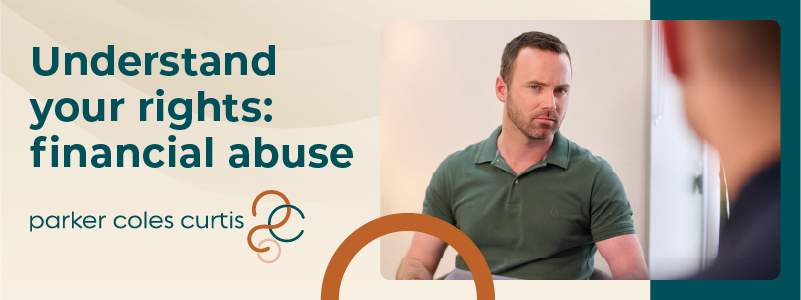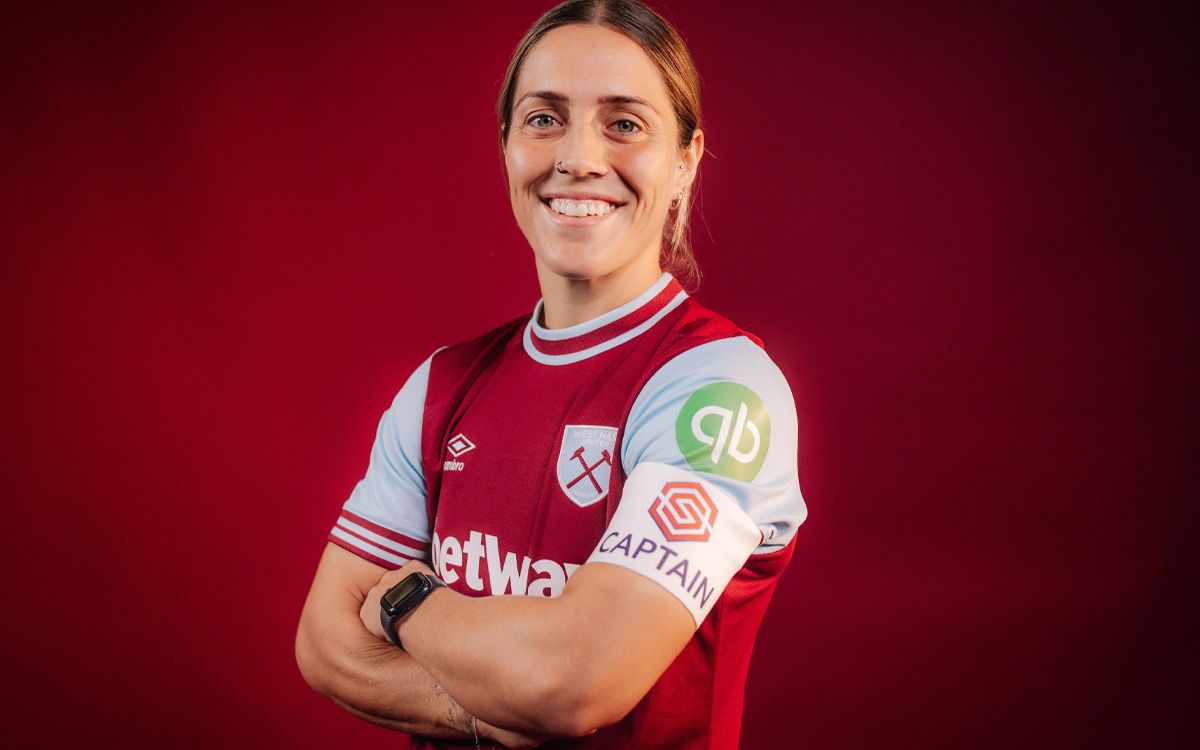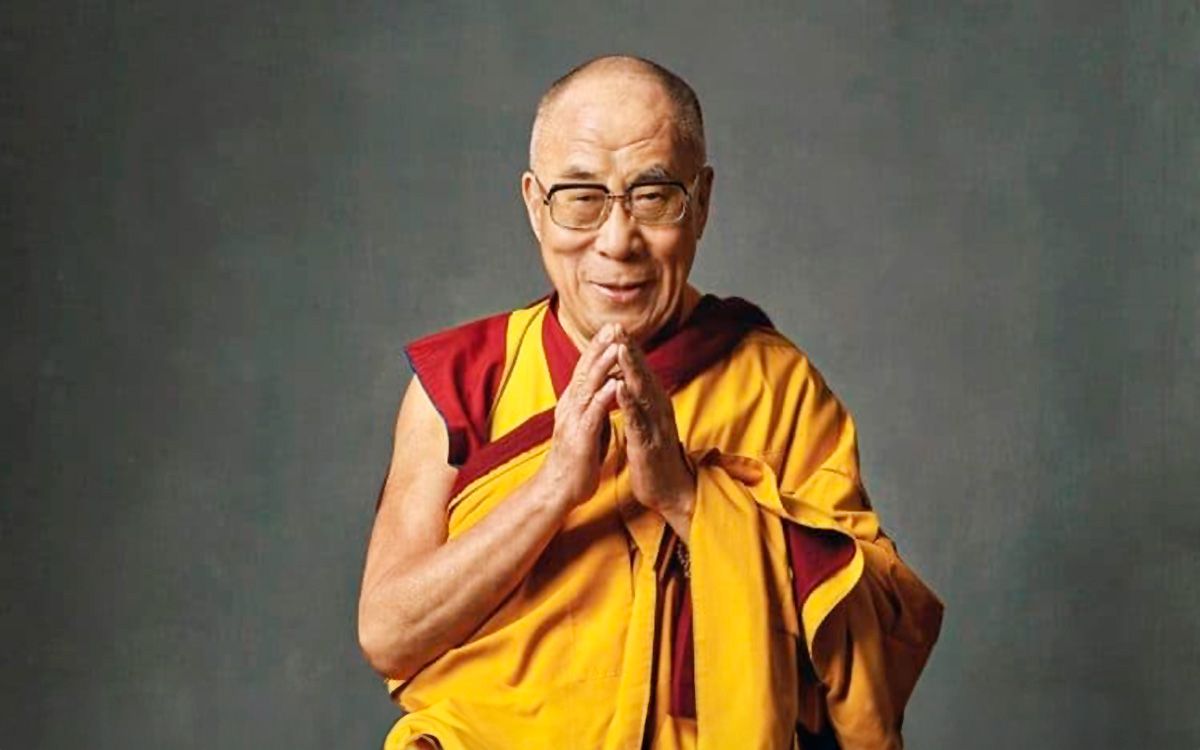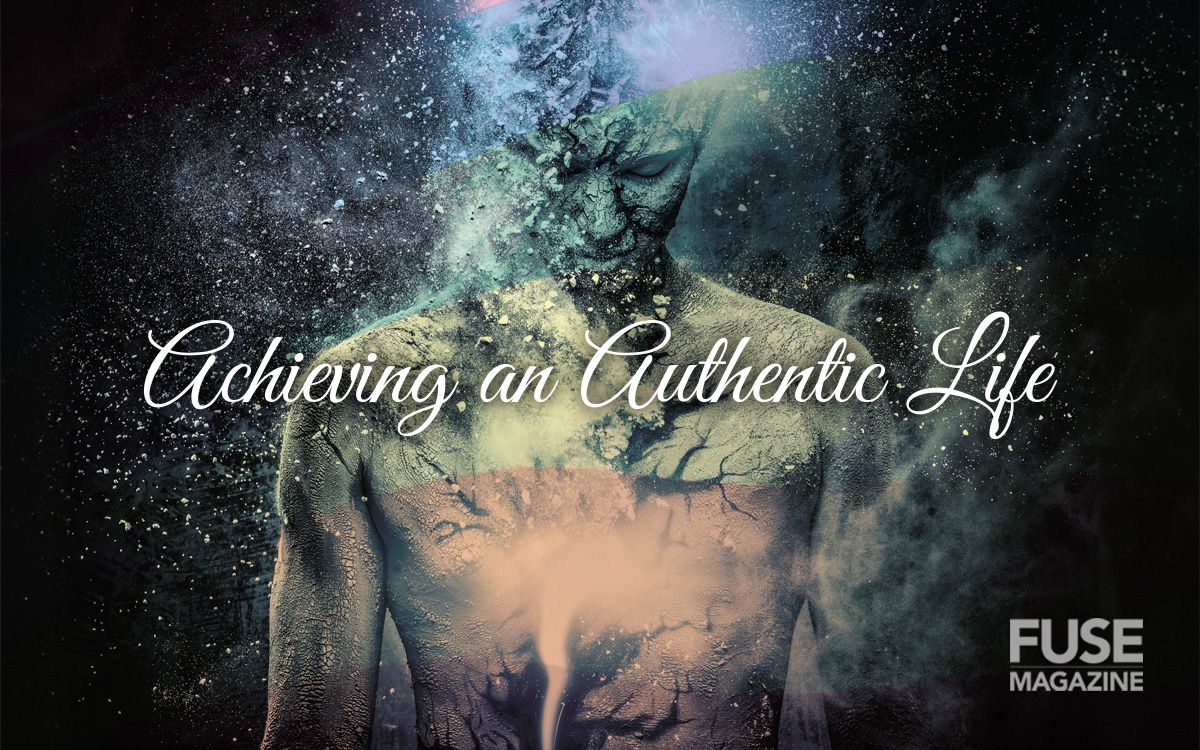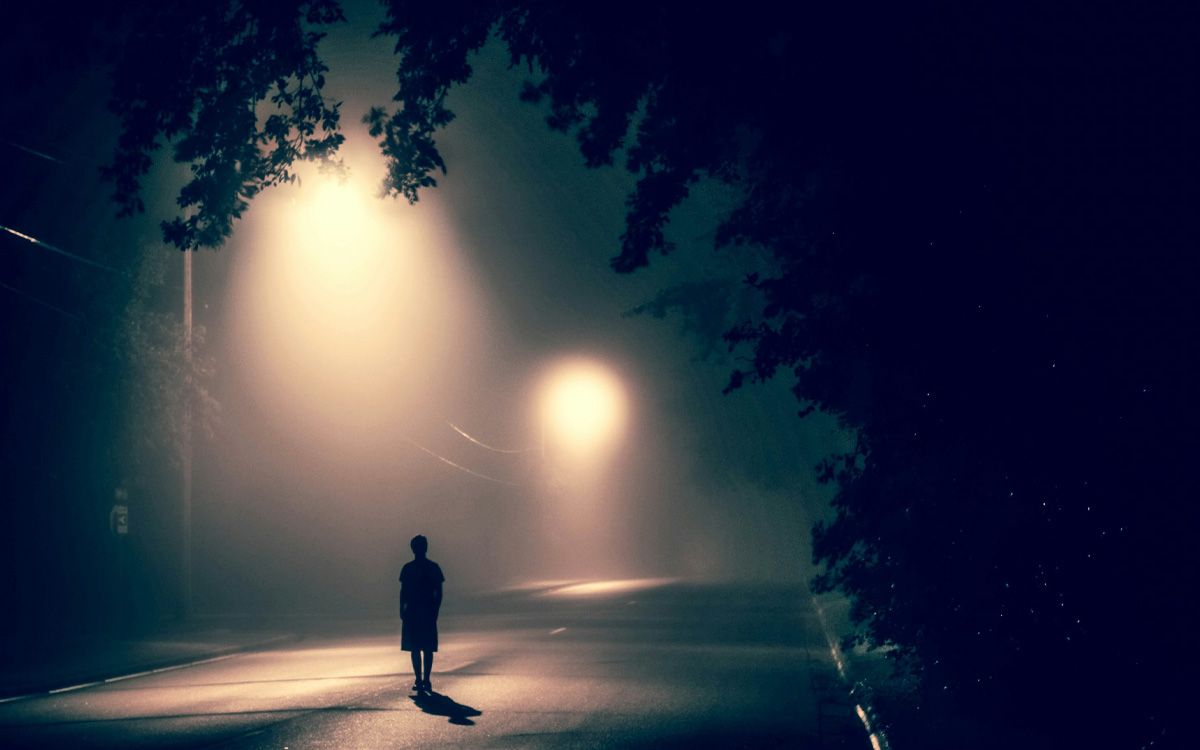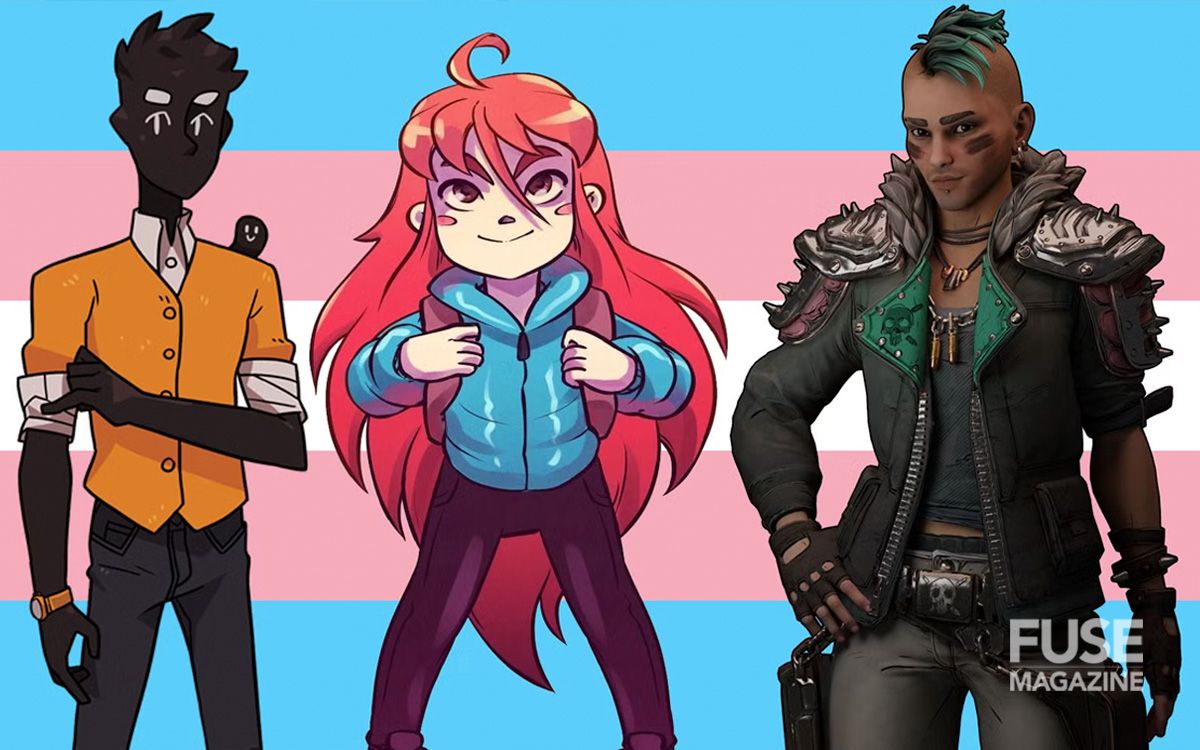Why Creativity Matters. An Art Therapy Perspective.
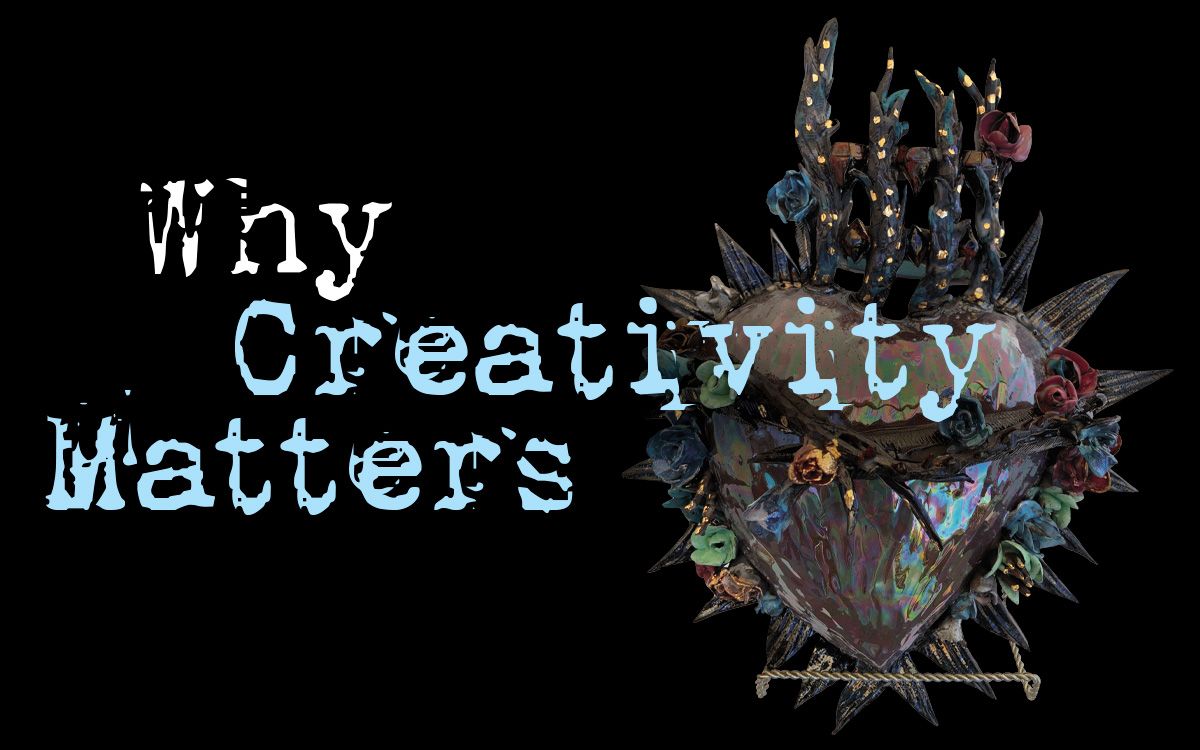
It’s something that has been on my mind lately: why do people create things? Why, in the face of the world descending into despair, would one get up every single day and do something as complex, messy and unpredictable as making art? I can’t say why creativity matters to you or even that it should. I can only share why art helps me get out of bed in the mornings (most days) and my experience as a practising artist and registered art therapist.
It is true that I was blessed with a uniquely creative beginning. My father, an accomplished visual artist, encouraged us to build, forage, upcycle, make do or mend. I didn’t realise other families didn’t work this way until a neighbourhood kid came over to play one day. My father rolled out a sheet of butcher’s paper and gave us his collection of dinky cars, along with an invitation to “draw the roads”. My friend looked up in awe and said, “We don’t do art at my house”.
This experience was formative in lots of ways because, even at that early age, I saw that providing a few tools to unleash imagination is where the magic happens.
So, what is Art Therapy?
Art Therapy seeks to tap into our human capacity for creative flow. It’s a state that offers respite from the overthinking analytical mind, increases redemptive healing and fosters a sense of accomplishment. This inspired Thomas Merton to conclude that “Art enables us to find ourselves and lose ourselves at the same time”.
Back in the 1990s when Ani De Franco (unofficial Patron Saint of Baby Dykes) was on high rotation, it struck me that pursuing a career in the visual arts might not be the easiest path, and yet it’s as good a reason as any to get out of bed in the morning.
Essentially, Art Therapy is a unique form of counselling that uses art supplies within a therapeutic relationship to explore current issues. Creative arts therapists in Australia are required to hold postgraduate qualifications in Art Therapy and membership with ANZACATA.
I use visual arts with clients to help them find their way back to a forgotten part of themselves, heal traumas and find personal narratives.
I often start with reassurance that it’s about the process rather than the product and that it’s an opportunity to externalise what is on the inside.
This can be useful when words have failed us or when we can’t easily talk about experiences (such as when the trauma occurs at a preverbal age). Art Therapy is suitable for people of all ages, abilities and cultural backgrounds. It has the potential to transcend language and other barriers.
Sometimes, we just need to throw another person into the mix to help sort through the confusion of false beliefs and inaccurate narratives we believe about a situation or relationship. Just shifting gears when big feelings threaten to engulf us can offer a whole new perspective, but Art Therapy offers more than that, primarily because it occurs within the scope of a therapeutic relationship.
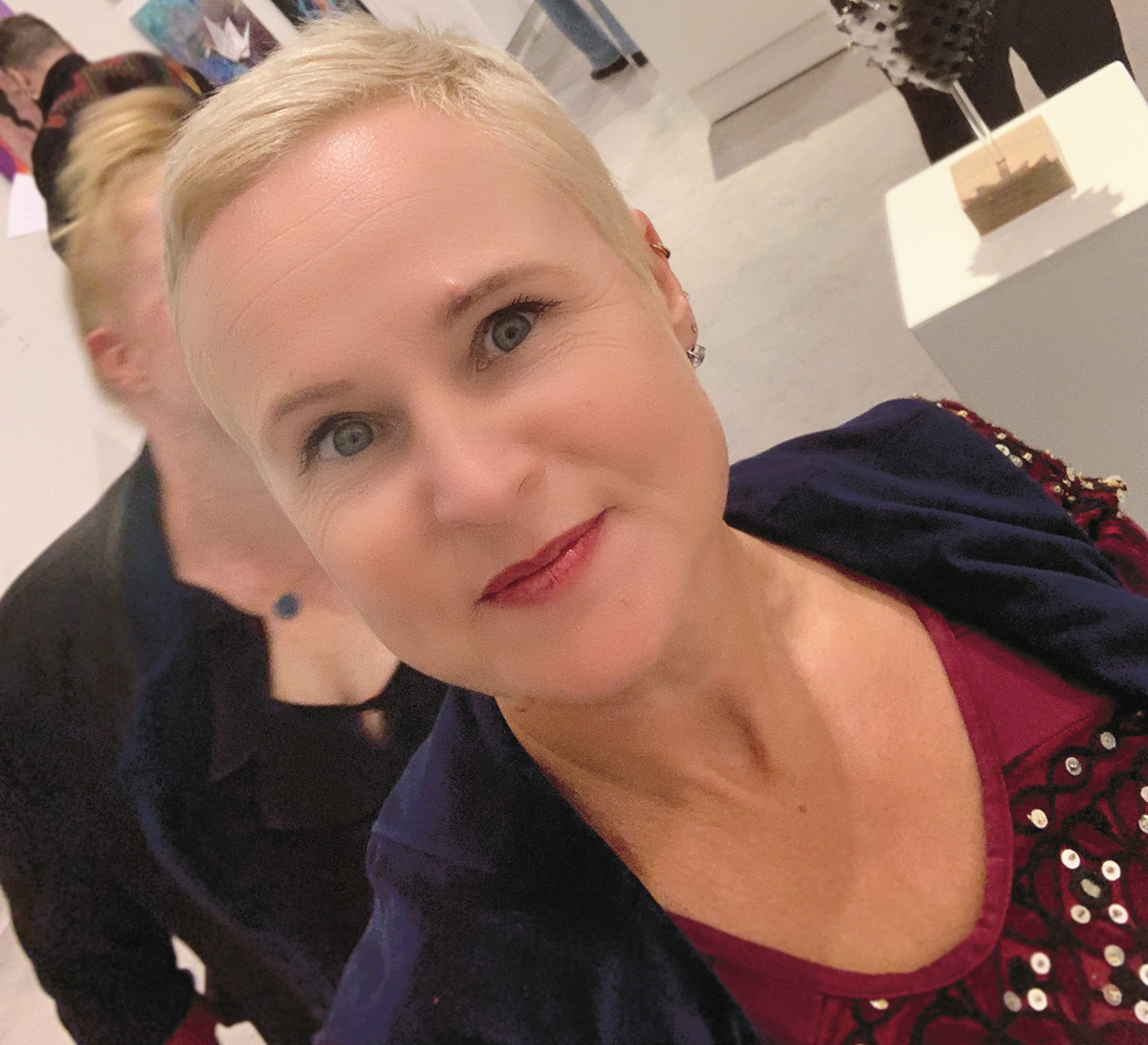
Bella Insch (she/her) has been a registered Arts Therapist for ten years.
So, if “Art Therapy” is a marriage between two vital forces, “Art” and “Therapy”, please let it be a queer one. Let them have a big sparkling camp union with all the colourful and flamboyant guests in attendance.
Because both vital forces, Art and Therapy, are places where we need to show up unapologetically as ourselves, and never have we needed raw authenticity and healing as much as we do right now.
In art, like fashion, let there be no rules. Let us explore, get it wrong and try again. Let our creative endeavours be a place for telling personal narratives because I want to hear all the queer stories of redemption, sorrow, tenderness, love and taking risks.
There is no better container for this. Art has the capacity to hold it all and offer solace, even if it is unseen by others. However, when we can be brave enough to share what we have made and what it means to us, and when that is received with validation and appreciation, there’s so much healing in that — a sense of truly being seen and understood.

Bella Insch Ceramic Sculptures. 1. Patron Saint of Desire 2.Unlocked
CREATIVITY IS A MUSCLE THAT WE ALL HAVE AND MUST USE
Our capacity for creatively showing ourselves is our most important legacy. Brene Brown says,”The only unique contribution that we will ever make in this world will be born of our creativity”.
So, in the spirit of Frida Khalo (beloved icon of Art Therapy), here are a few tricks to park your inner critic and let your inner artist out.
- Start where you are and use what you have. If you find a white wall, canvas or screen intimidating, make a mark or write a word and see what happens.
- Explore and experiment. Sign up for a class or creative activity, but try to find one that’s not too prescriptive.
- Invite your inner child to play. You might need to mentally park the inner critic outside the room (I like to think of mine as perfectionism in a gold sequined suit; sometimes I pick her up on my way out but mostly she’s happy to sit outside the studio on her special chair).
- Carve out a little bit of time each day for your chosen creative pursuit — draw or write for five minutes.
- Remember your work is not going to be everyone’s cup of tea; that’s OK. Don’t try to make the kind of work you think others will like or buy. Make the kind of art you want to make and then make more of it.
I hope that trying some of these things might help you embrace your inner artist. I know for myself that making art is the best tool I have for calming internal and external storms.
I know that a life without the relentless pursuit of the creative would feel far too vanilla and disconnected from myself. I have come to know that art is why I get up in the morning because it matters.
If you would like to explore more deeply with a therapeutic focus, you can find a registered Art Therapist in your area at anzacata.org
Bella Insch (she/her) has been a registered Arts Therapist for ten years. She is a proud member of the LGBTQIA+ community. Bella works primarily online and offers DBT informed creative arts therapy. She works in queer spaces, especially with trans and gender diverse young people, neurodiversity and navigating queer identities. Bella is a member of the DBT Canberra team. She has an ongoing studio-based art practice, working on Yuin Lands, predominantly in clay. She can be found on Instagram @InkandBrush


